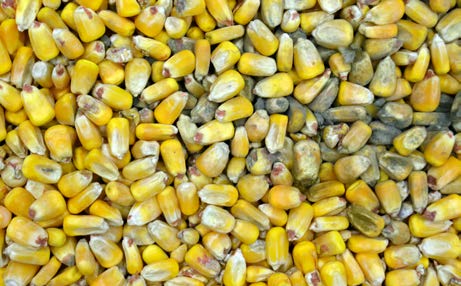Mold trouble…
As you probably know, molds can be a real problem.
Crops that have been innoculated with mold spores out in the field grow during storage as they need very little oxygen to flourish. These molds can then produce mycotoxins-basically poisons-that affect breeding, immunity and milk production. Some mycotoxins can even cause death.
We talk about them this time of year, because if the mold is present, it has grown and is producing enough toxins to cause some real problems.

Generally it was a good crop year and even though there were some wet conditions, the mold count has been lower on most farms than the past few years. There are some situations where the feed is still at risk. They are:
1. The fields were flooded-especially around harvest.
When the fields are flooded, the plant cells become hydrated or softened and allow mold spores (which are found in the soil) to enter in and contaminate the plant. Some areas had wayyy too much rain this summer and fall and are at risk for molds and mycotoxins.
2. Plant health was jeopardized during the season
When the plant is under stress or damaged, the mold spores can enter. Hail damage, insect damage and drought stress are examples of poor plant health that can result in mold contamination.
3. The storage is getting air to it.
We talked before how molds can grow with limited oxygen. They grow even better if oxygen is readily available.
Air pockets in bags after the feed settles, poor feed out on bunkers (holes made in the pile or bunker instead of facing it), upright silos that have air leaks can all cause the mold to grow.
4. The silo is already contaminated from previous years.
This is unique to concrete upright silos. The mold spores from previous years can become imbedded in the porous concrete and contaminate the next years feed coming in.
Overall, even though the year has not seen much of the issues with mold, (at least in our area) it is still a good idea to have some sort of mycotoxin binder in the feed-just in case.
For more info on molds and their effects: